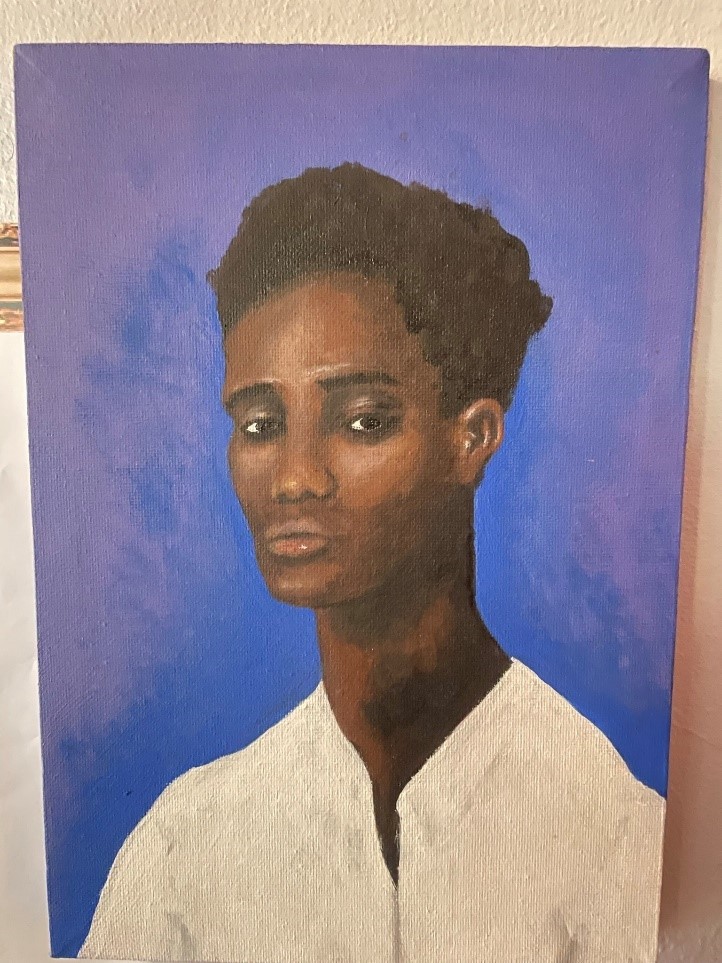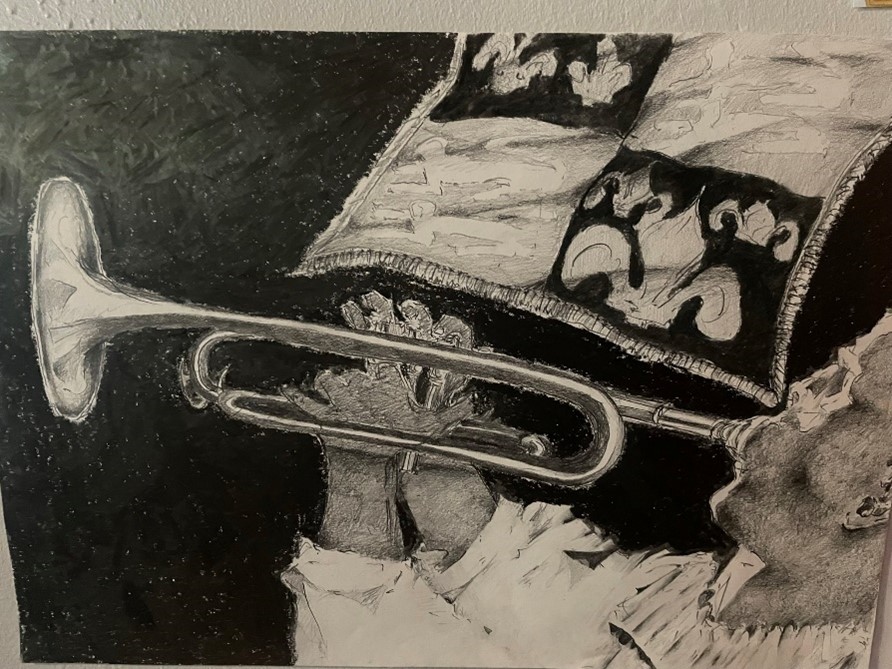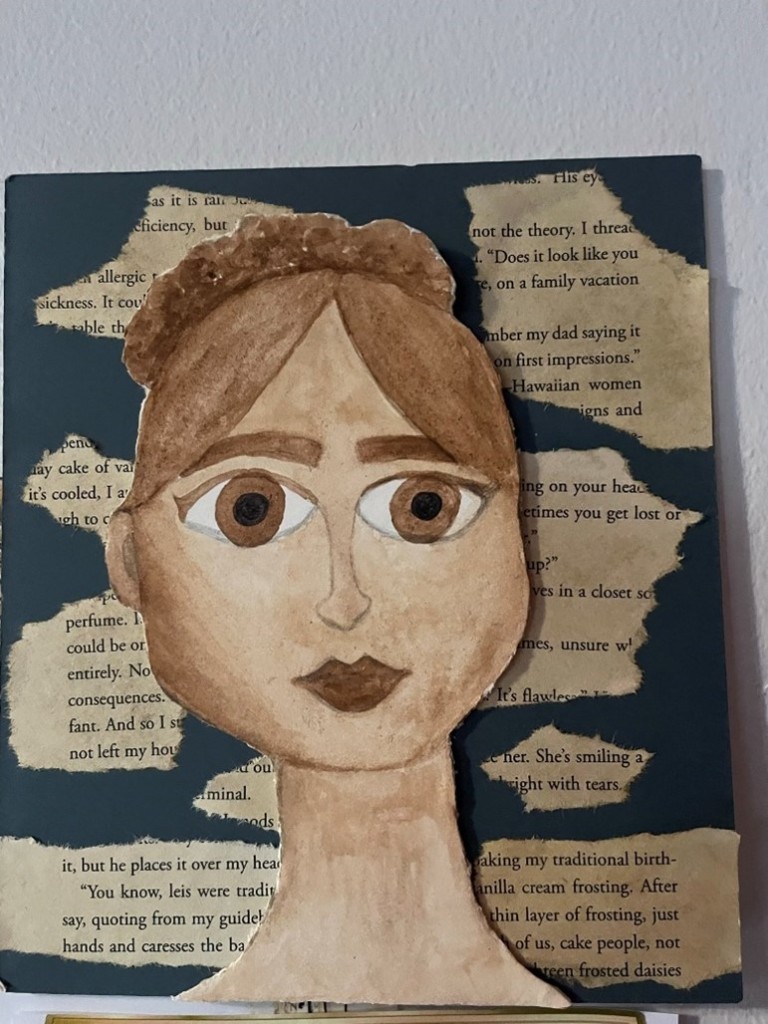Alex Fairlamb (@LambHeartTea) is a Senior Leader in charge of Teaching and Learning and CPD, based in the North East, and also a member of the Historical Association Secondary Committee and the Schools North East Steering Board.
The publication of Miranda Kaufmann’s ‘Black Tudors: The Untold Story’ had a profound effect, not only my teaching, but on many other educators’ teaching too. ‘The Tudors’ is a commonly taught subject in History at KS3, with some schools opting to continue this into KS4+. Moreover, in KS1-2, the Tudors can also feature, such as in the topics ‘Comparing Queens’ (with Elizabeth I) or significant individuals (Henry VIII, Elizabeth I). However, prior to the publication of Kaufmann’s book, I have to admit that I had no knowledge of Black Tudors in England. Resultantly, the schemes of learning that I designed, and lessons that I delivered, did not include the presence of Black Tudors, such as John Blanke, Jaques Frances and Mary Fillis, whose lives provide such rich narratives and windows on Tudor society.
The curriculums in KS1-3 provide greater opportunities to weave in Black Tudor narratives, but at KS4+ this can prove harder, given the constraints of examination board specifications, which do not include Black Tudors as part of the determined content. Time is the perennial enemy at KS4-5, which means moving beyond the specification can prove daunting; but, there are ways in which to do this in meaningful ways, linking to the work of Mike Hill’s ‘world-building’. For our school, this came in the form of an inter-disciplinary approach to studying this important history and bringing it to life for our students through art.
What did we do and how?
Black History is a golden thread throughout our KS1-5 curriculum. Examples include in KS1-3, when pupils study Local Black Victorians in Year 1, migration and Black Roman History in Britain in Year 4, the Kingdom of Benin in Year 5 and Black Tudors in Year 8. At KS4, we study Early Elizabethan England and the Tudors at KS5. As mentioned earlier, the specifications add limitations on us and how we can meaningfully continue these threads. To overcome these barriers, we still thread in the narratives of Black Tudors into lessons in determined areas (for example, the extent to which there was a Golden Age in Elizabethan England) and through research homework tasks where students explore in depth their chosen Black Tudors.
The first year that our students carried out their research homework, we were pleased with the content that they had decided to include. However, when I shared the work with Kaufmann, she pointed out a key misconception with the work – the research on Mary Fillis had a picture that a student had drawn. Why was this an issue? Because, there are no known portraits of Mary Fillis. The image that the student had drawn had been one that had surfaced on Google search when typing in Mary Fillis’ name…. but it is not her. Instead, the image that usually appears when Googling her name is the image of Catalina (who is correctly discussed here: The History Girls: BLACK TUDORS: The Untold Story by Miranda Kaufmann – Reviewed by Elizabeth Fremantle (the-history-girls.blogspot.com). Kaufmann then raised an interesting idea, pointing me in the direction of www.johnblanke.com. She suggested that it would be interesting if, like the project she linked me to, the students read the narratives of the different Black Tudors and created portraits based on what they had read and researched. This created the perfect opportunity to work with the art department, to position the students as artists tasked with creating portraits that we could then hang in our own gallery. Moreover, it brought to life the various ways that historical research can be used and the active work of a historian, as well as highlighting the voids that exist within history and how art historians, such as Michael Ohajuru, director of the John Blanke Project, are seeking to fill these voids.
Alice Beamish, an art teacher at our school, took the lead in organising the project. Students were given research to explore in order to create their imagined portraits of Black Tudors. Using the expert guidance of Alice, they set to work to use the research to bring these stories to life – using paint to imagine and then create their faces for others to see. Kaufmann was incredibly supportive and giving of her time, providing key information about the type of clothing that Black Tudors were most likely to have worn, and by offering to send signed copies of her book as a competition prize.
Images 1-2: The Project Brief


The portraits that the pupils produced were inspiring to see (Images 3-7).
Images 3-7: Examples of student portraits




The art department then hosted a Black Tudors exhibition in our school, inviting our whole community to come and see the portraits in situ. To add to the ambience, Tudor music was played and there were sensory stimulating items laid out (such as cloves), as we have visually impaired pupils and it was important to make sure that the exhibition was inclusive. The exhibition was well attended, and the images were shared on parent communication platforms which saw parents responding with Black Tudor research that they found interesting.
Kaufmann found it impossible to select just one winner, so three were chosen; each receiving their own signed copy of her book. Kaufmann also passed on the winning entries to Ohajuru, who kindly selected one of the students’ work to feature on the John Blanke projects website: 389 Year 9 Student at Kings Priory School (johnblanke.com). Our winning student said that “I imagined John Blanke as an individual who took pride in his musical role despite the difficulties he most likely encountered, given the period in history and the nature of his role as trumpeter for the King. Having so much mystery and ambiguity around him, I imagined him turning towards his passion for music to find meaning and motivation, all the while having the unique experience of being black in this role at this time.”
The project was a fantastic way to fully engage students in the field of history – current issues, studies and exhibitions – as well as to develop their artistic skills within a given project brief for an audience. This is where I believe “intelligent inter-disciplinary” work can be very powerful, and not fall into the trap of “crazy cross-curricularity” (Counsell), and a powerful, meaningful way that we can overcome the limitations of specifications in need of diversifying.

